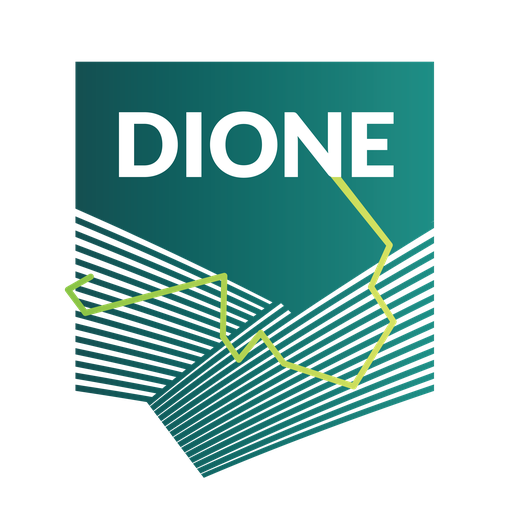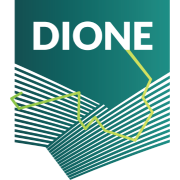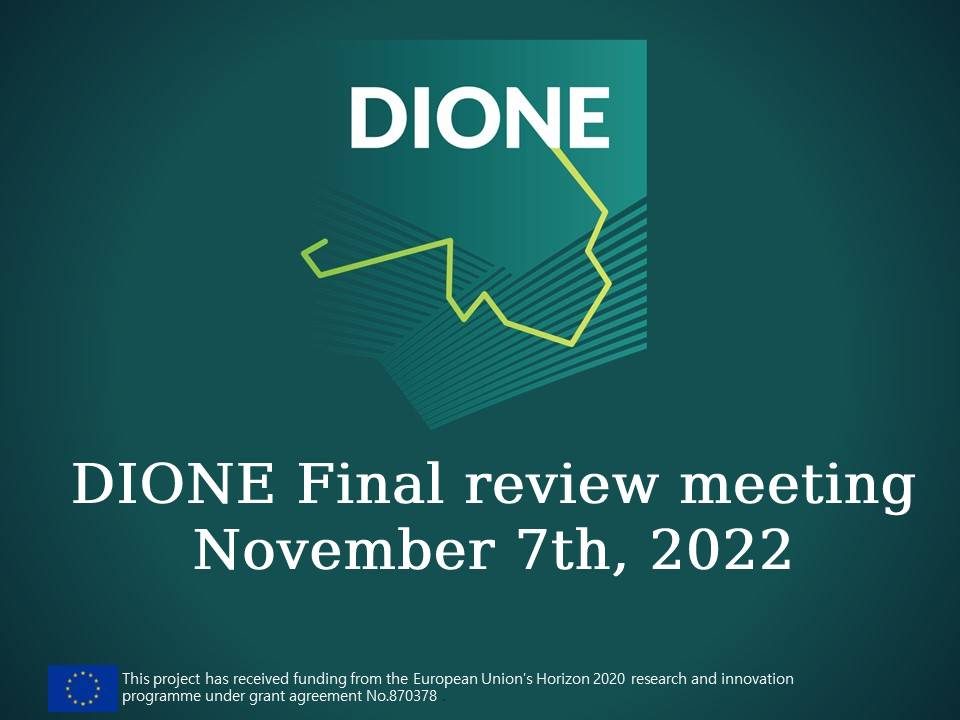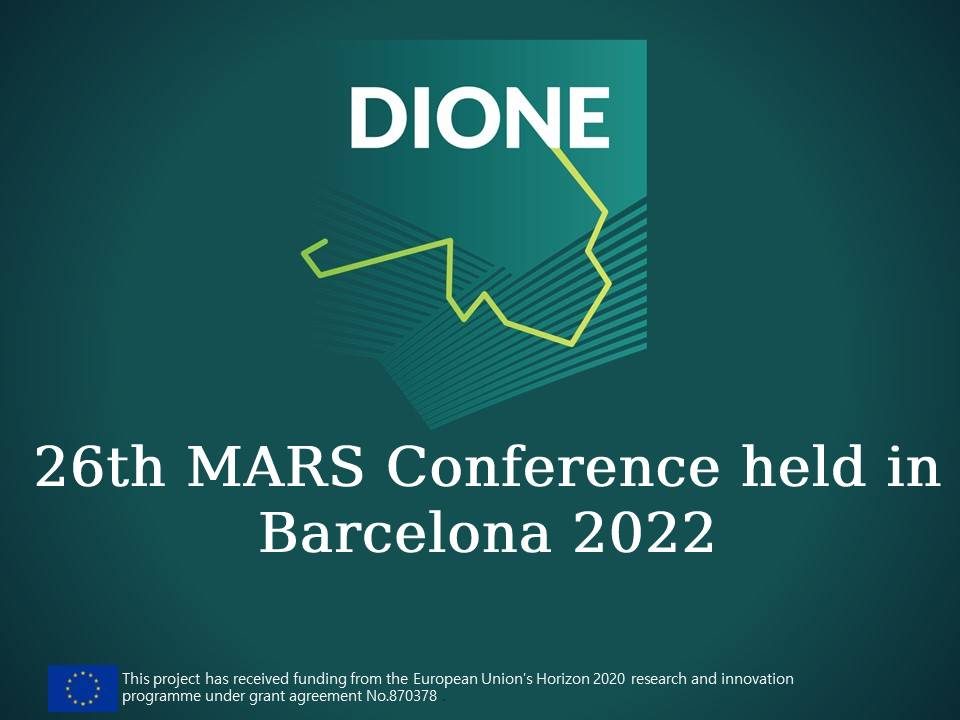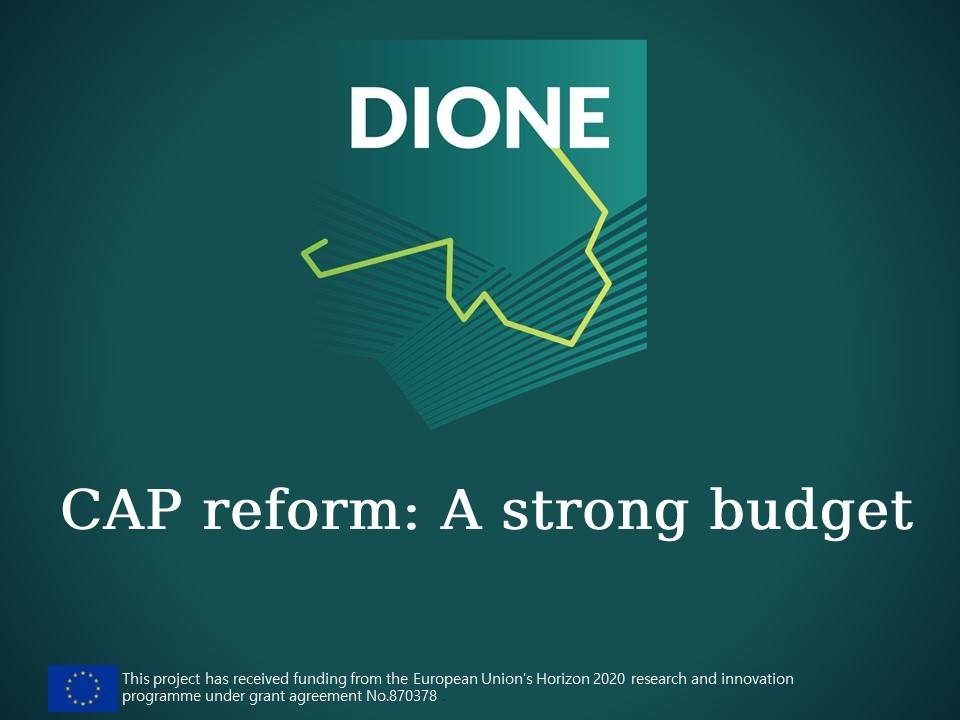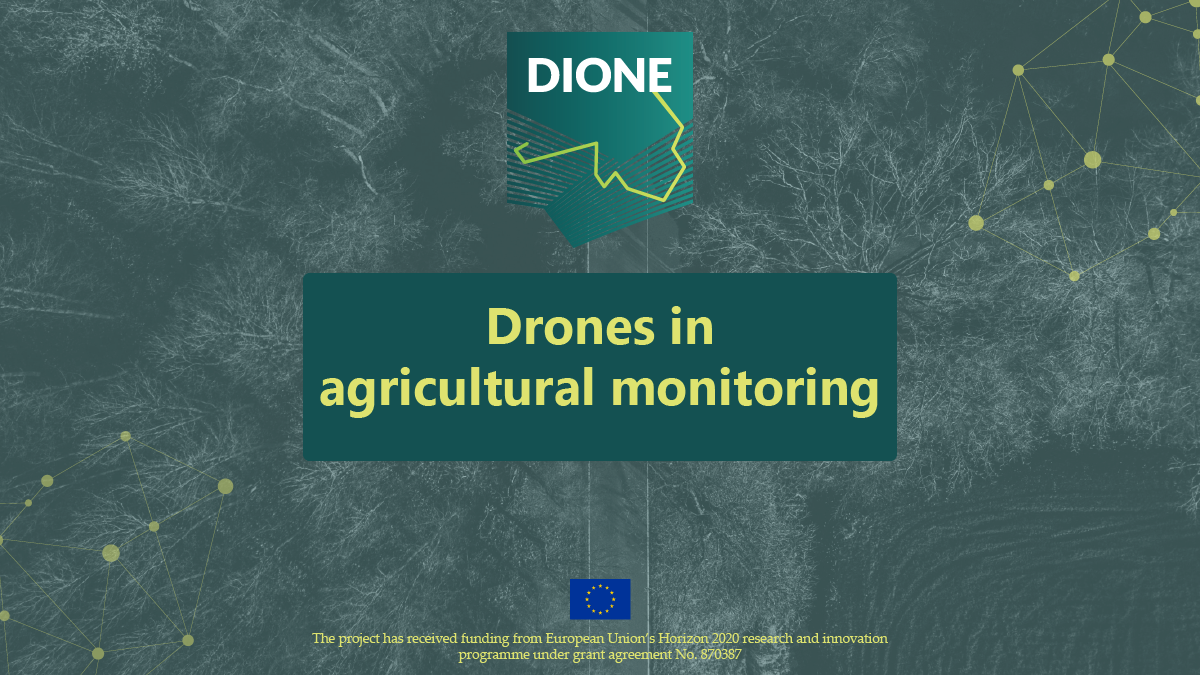
Drones in Agricultural Monitoring
April 21, 2020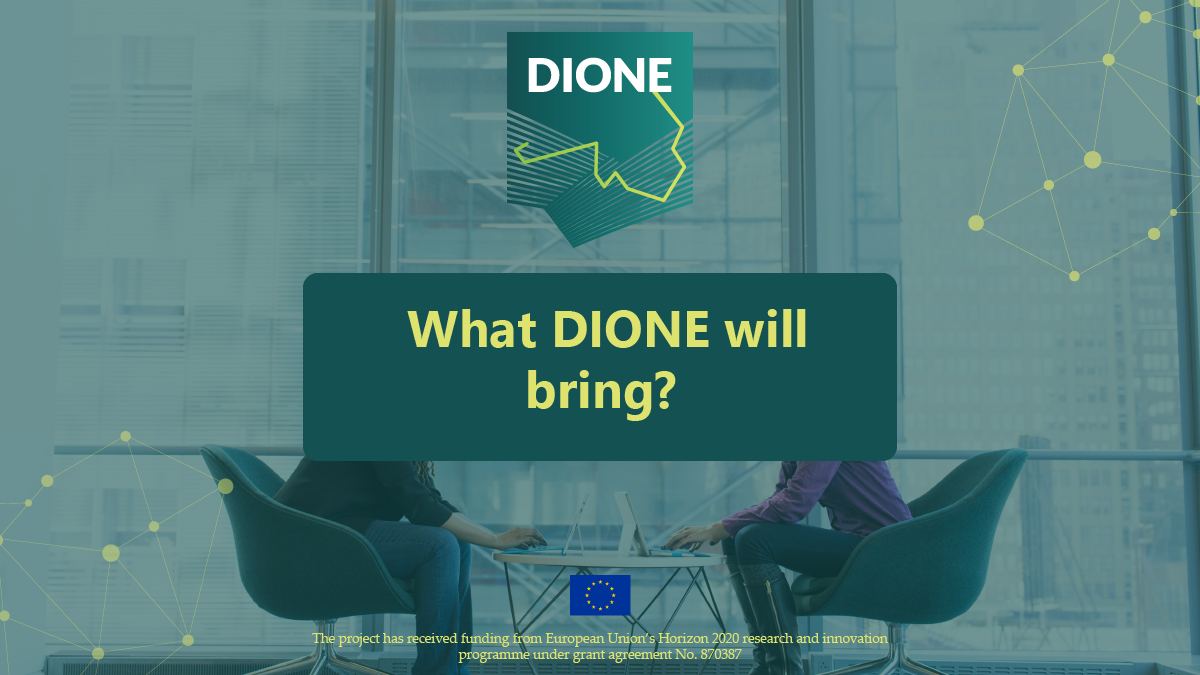
What DIONE will bring?
April 28, 2020To maximize market potential and applicability of DIONE products and tools, a co-design methodology has been adopted. It means that DIONE stakeholders were identified and involved in the beginning of development process. Co-designing of products and services means involving stakeholders fully in the process through a dialog. In this case, they are partners in the process of developing products and services.
Besides, a number of the relevant policy documents, surveys and CAP audit reports were studied in order to gain in-depth knowledge of the current context of CAP and it's environmental aspects (achievements, challenges and limitations) but also of the spirit of the future CAP reform. The final goal was to shape the DIONE solutions to meet the user requirements and fit into their business processes.
The process of defining user requirements consisted of the following steps:
1. Identification of DIONE stakeholders. The aim was to define business/operational profile and the area(s) of intervention and interaction with the DIONE toolbox
2. Analysis of the current CAP and it's role in environmental protection and climate change mitigation, the context of CAP reform and how DIONE idea can fit the future CAP concept
3. Co-design process involved the following activities:
- Initial questionnaire sent to the pilot partners (NPA and CAPO) aimed at collecting the information on the Paying Agencies' practices, challenges and initial perception of the DIONE idea
- Workshop conducted during the kick-off meeting involved DIONE technical partners and the pilot partners. The information collected from the initial questionnaire were further clarified and the user requirements were discussed
- Online questionnaire aimed at collecting comprehensive feedback from broader range of DIONE stakeholders was launched.In total, 22 organizations from 12 countries (Lithuania, Cyprus, Greece, Serbia, Bosnia and Herzegovina, Austria, Malta, Ireland, Latvia and Czech Republic, Netherlands), representing 7 different user types responded.
